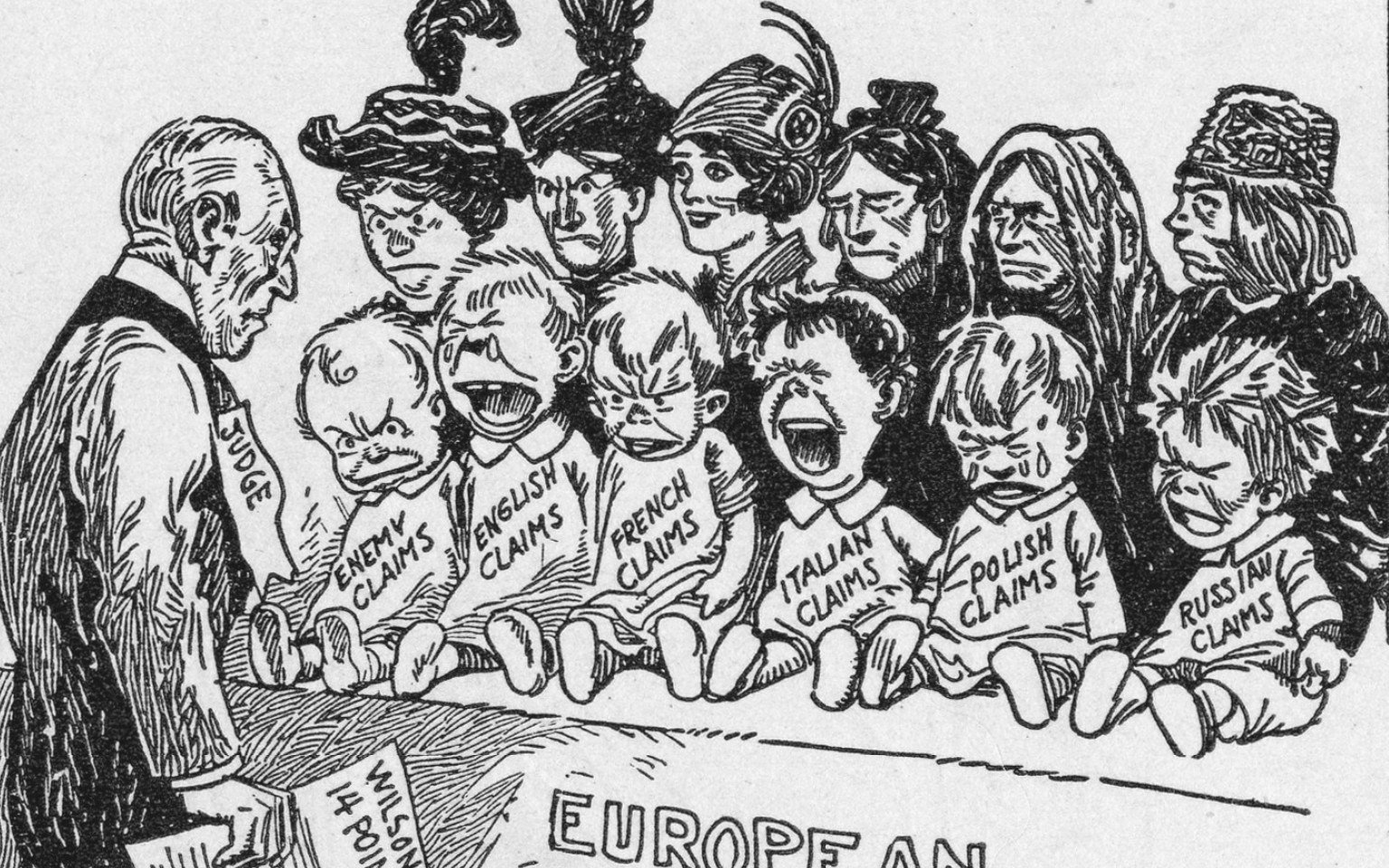
The End of World War One and the Paris Peace Conference
World War I was the most terrifying carnage humanity had ever known. At the end of the 52 months of war, the statistics were shattering: over 9 million lives lost, with probably the same number of people suffering from some kind of illness or disability after the battles.

1 of 4
Material losses were estimated at almost 400 billion dollars: buildings, factories, houses, farms, churches and even entire villages and towns had been completely destroyed. In France alone, 750,000 families had lost their homes due to the war.

2 of 4
The European economy had collapsed. Many nations had accumulated enormous war debts and had no means of repaying them after the end of the war. This situation was to the economic advantage of the United States of America. This country became the principal financier of the world, consolidating its position as the strongest economy in the world.

3 of 4
The death and destruction produced by the war left a lasting impression on all those involved. Man had created weaponry with a power for destruction so large that the survivors of the war never wanted to live through such an experience again. The destruction and absolute chaos of the war made many people doubt everything they had ever known or believed.
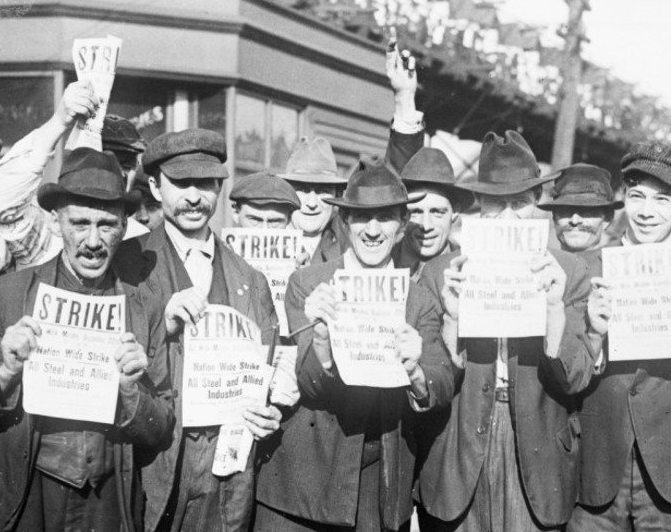
4 of 4
Questions, fears, anxieties and doubts came to light during the years after the war, revolutionising fields such as art, religion, psychology and philosophy. Europe was dizzy and confused like a boxer after the end of a terrible match. People were faced with the difficult task of putting their lives in order. It was clear to everyone that things would never be the same as before the war. The Great War had changed everything: the economy was ruined, politics had changed, and the European map had been redrawn.
Some of the greatest multinational empires disappeared. Tsarist Russia, which at one point ruled 200 peoples and nationalities, disappeared. The great scale of human and material loss made the survival of the Romanov Empire impossible. The collapse of Tsarist Russia led to the genesis of the first communist state, after the so-called “October Revolution”, which was actually a Bolshevik coup.
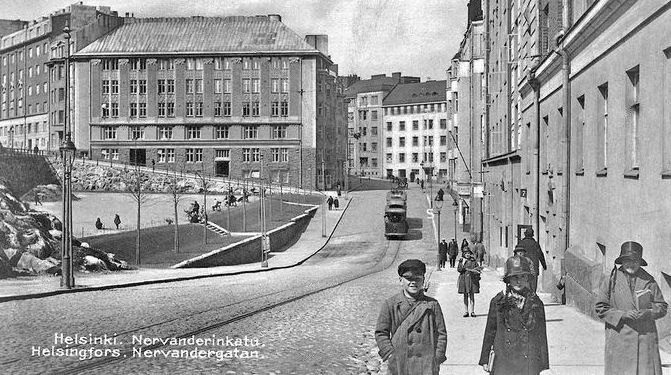
1 of 2
Together with Soviet Russia, independent states such as Poland, Latvia, Lithuania, Estonia and Finland were created or reconstituted
out of the ruins of the Tsarist empire.
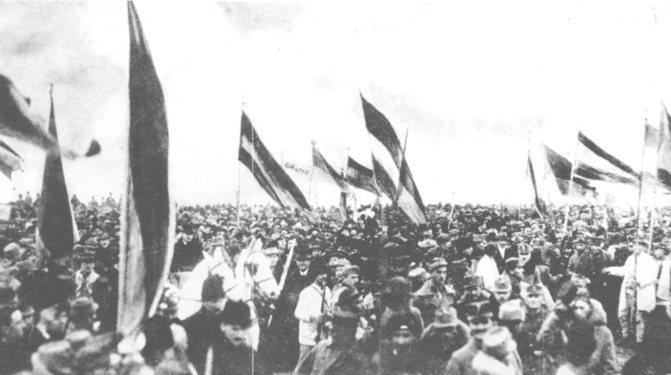
2 of 2
Basarabia, the ancient Romanian territory located between the Prut and Nistru rivers, which had been annexed by Tsarist Russia, was reunited with its motherland, Romania, after initially proclaiming its independence.
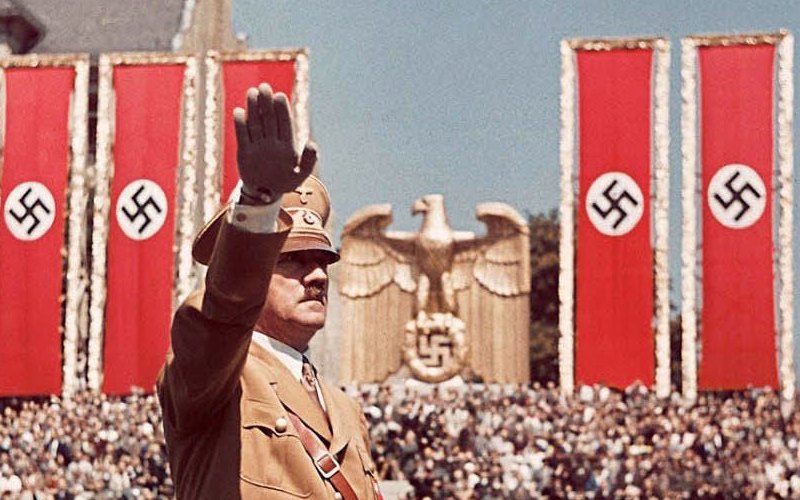
The Road to World War Two
The path to World War Two originated from unresolved territorial issues between France and Germany at the end of World War One. These, coupled with economic and social upheaval in Germany and Italy, old colonial ambitions and a desire for conquest led by Hitler and Mussolini resulted in the second world war.
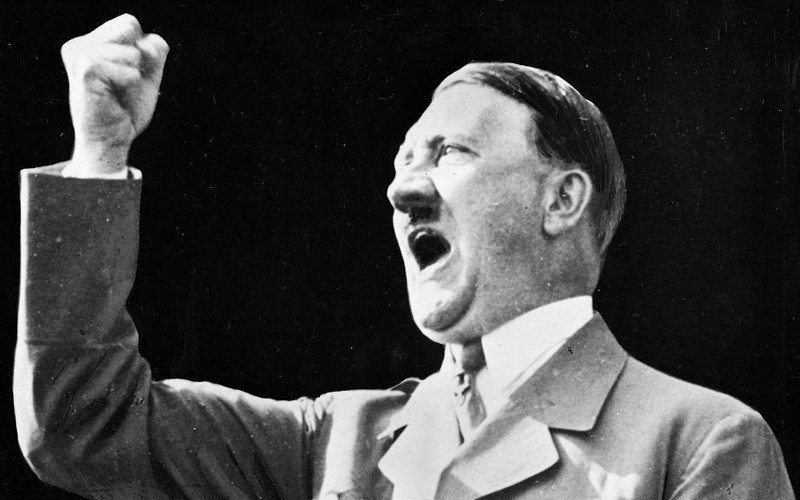
Hitler’s Rise to Power
After his unsuccessful attempt to overthrow the government of the province of Bavaria, Hitler was imprisoned. In prison, he wrote his autobiographical book Mein Kampf, ‘My Struggle’. Mein Kampf was the reference work for the entire Nazi ideology. It was the inspiration which ‘justified’ Germany’s expansion and its entire genocidal policy.
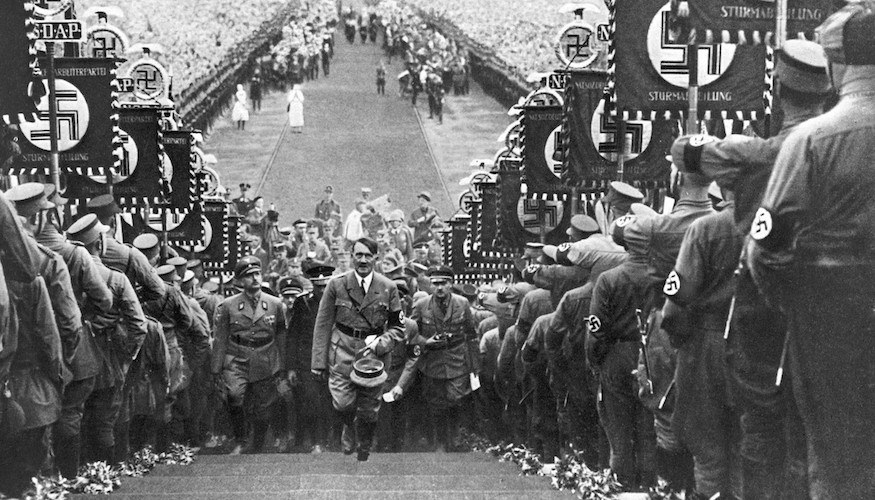
Nazi Germany
Once Hitler had taken over Germany’s destiny, foreign policy turned towards destroying the diplomatic edifice of the Treaty of Versailles, which many Germans saw as a humiliating ‘Diktat’. The occupation of the demilitarized area of the Rhineland was a definitive failure of the collective security. It opened up the way for the Second World War.
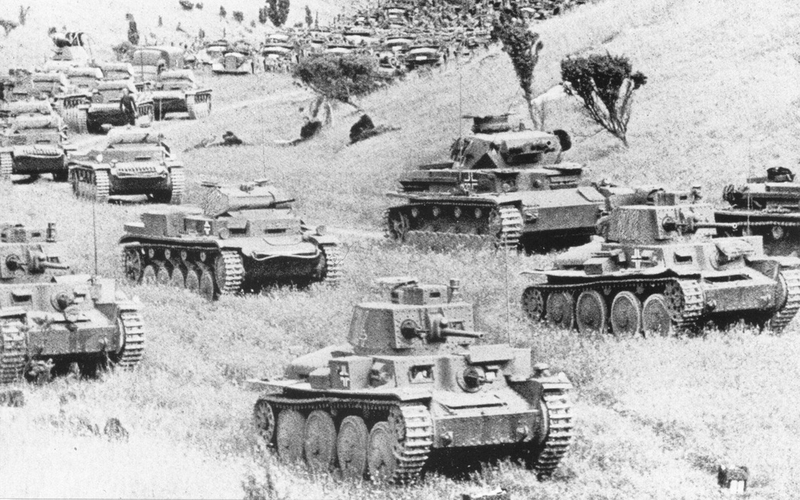
Blitzkrieg
Blitzkrieg literally means ‘lightning war’. This tactic describes an offensive military doctrine used by the German Army during World War Two.
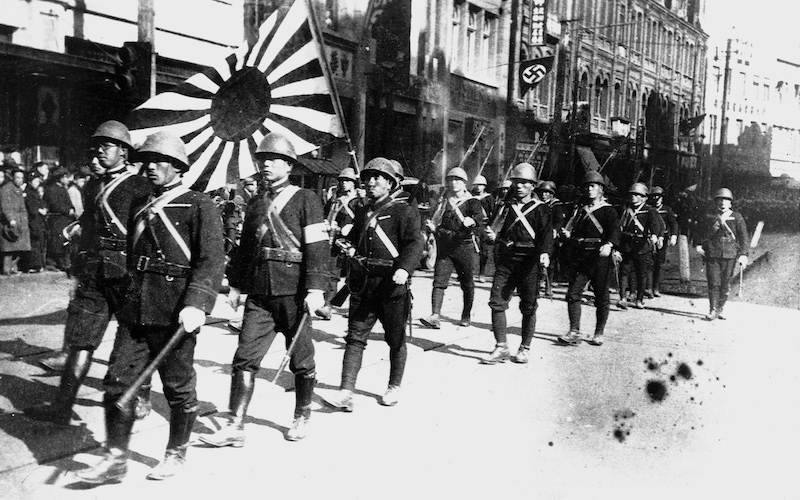
Japan on the Path to World War Two
The path that led Japan on one side, and the United States, China and Britain on the other to war is long and complex. The origins of the conflict can be identified in Japan's unique history and culture, nurtured by the expansionist tendencies of its leaders in the 1930's.
- Operatiunea „Schulung”. Lovitura de poker pentru Hitler. Documente Diplomatice Inedite, Sadovski Liviu, Sadovski Armand, Editura Sedcom Libris, Iasi, 2012
- Ascensiunea și decăderea marilor puteri. Transformări economice și conflicte militare din 1500 până în anul 2000. Paul Kennedy, Editura Polirom, Iași, 2011
- Serge Berstein ,Pierre Milza, Istoria Europei, vol IV, Institutul European, 1998
- John Barber, Istoria Europei Moderne, Editura Lider Bucuresti, 1994
- O istorie internațională a Europei în Secolul XX- Lucian Leuștean, editura „Universității Alexandru Ioan Cuza Iași”, Iași, anul 2015
- Marinela Elena Bogdan





